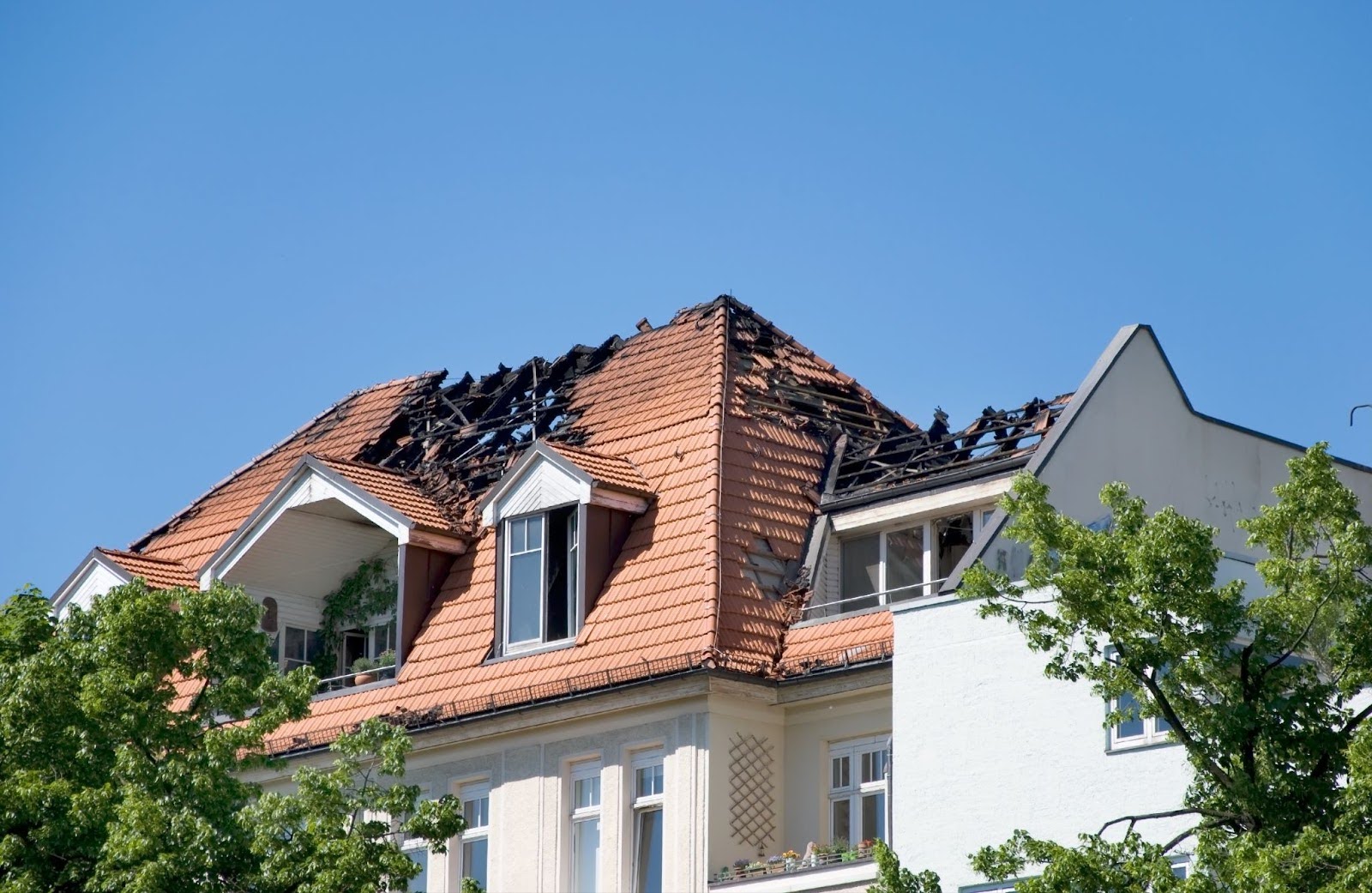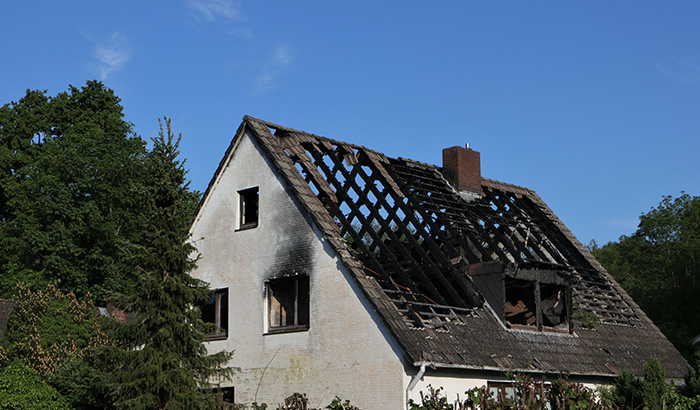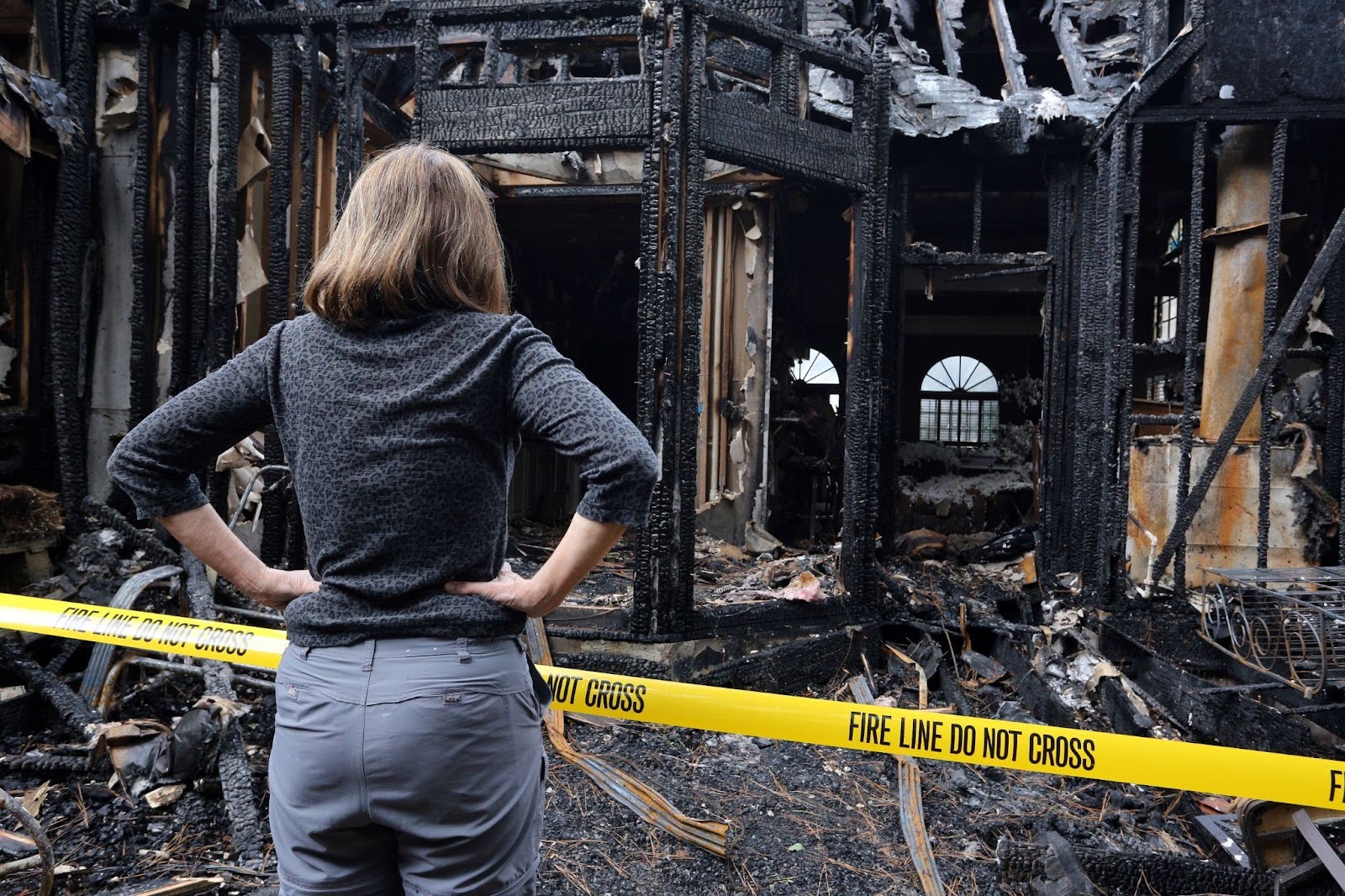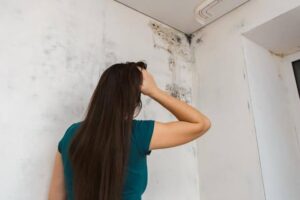Once the flames have been quelled and the chaos of a fire begins to subside, the immediate aftermath presents a challenging landscape. In these moments, it’s crucial to grasp what unfolds next, and that’s what we’re here to explore.
As the smoke clears and the embers fade, it’s time to confront the aftermath. The first step is assessing the damage, which is a daunting task. The fire might have ravaged your home, leaving structural havoc in its wake.
Your damage assessment involves a meticulous examination of your property. You might encounter charred walls, melted possessions, and a thick shroud of smoke and soot. It’s essential to document the damage for insurance purposes. This means taking photographs, jotting down notes, and creating a comprehensive list of what’s been affected.
In the wake of a fire, safety takes precedence. If you haven’t already, evacuate your home and wait for the green light from the firefighters or other local authorities. Fires weaken structures, and re-entry must only occur once experts declare the area safe.
Be vigilant for concealed hazards, like smoldering debris and lingering toxic fumes, which may persist even after the flames have subsided. If there’s any doubt regarding your safety or the condition of your property, it’s wise to seek professional guidance.
During these challenging times, remember that you’re not alone. Firefighters and experienced professionals in fire damage assessment are there to provide support, offer guidance, and assist you in making well-informed decisions about the road to recovery.
Structural damage
After a fire, the structural damage to your property may run deep and affect the very bones of your home. To truly comprehend the extent of this aftermath, let’s explore the dynamics of structural damage — how it occurs and what it means for your safety and the integrity of your dwelling.
In order to grasp the full picture of structural damage, it’s vital to understand how fire interacts with the materials that form the framework of your home. Fire is relentless, showing no mercy to walls, ceilings, and floors. The intense heat radiates through these surfaces, subjecting them to an onslaught that tests their strength and durability.

Different forms of structural damage
Weakened foundation
The very foundation that your property stands on bears the brunt of a fire’s fury. The extreme temperatures lead to the concrete foundation becoming brittle, developing cracks and fractures that undermine its stability.
Compromised walls
Walls, often constructed of materials like wood or steel studs and drywall, are particularly susceptible to fire’s ravages. Extended exposure causes these materials to weaken, potentially resulting in structural failure. This could manifest as buckling, warping, or even complete collapse.
Ravaged roofs
Roofs typically face the direct heat of a fire. Consequently, they are prone to severe structural damage. This may include sagging or even complete collapse, not only endangering the safety of your property but also exposing it to further harm from the elements.
Weakened support beams
Structural beams responsible for bearing the weight of your property also fall victim to fire’s destructive force. This leads to sagging or the collapse of upper floors, posing substantial risks.
The perils tied to structural damage
The safety risks stemming from structural damage are not to be taken lightly. In the immediate aftermath of a fire, weakened structures pose serious threats to anyone attempting to enter the premises.
What’s more, structural instability hampers firefighting efforts, making it challenging for firefighters to access and tackle the flames effectively. Even after the fire has been extinguished, compromised structures continue to deteriorate, which exacerbates the overall damage.
Given these hazards, it’s crucial to exercise utmost caution when dealing with a property affected by fire. Prioritize safety above all else, and avoid entering until professionals have deemed it safe. Expert structural assessments are vital for evaluating the damage’s extent and devising a comprehensive restoration plan.
Smoke and soot residue
Smoke and soot are the stealthy intruders that leave an indelible mark on your home after a fire. They impact your home’s appearance and integrity, but, most importantly, your health.
As we delve into the aftermath of a fire, it’s essential to understand the insidious nature of smoke and soot, their potential health risks, and the strategies to reclaim your home.
It’s impossible to overstate the pervasive influence of smoke and soot. Beyond the charred remnants, these silent troublemakers wreak havoc in the following ways:
Stains and discoloration
Your walls, ceilings, and belongings bear the brunt of smoke and soot. They leave behind stubborn stains and discoloration that mar the aesthetics of your home.
Lingering odors
The unmistakable smell of smoke lingers for weeks or even months, permeating every crevice and fabric. It’s not only a nuisance; it impacts your comfort and well-being.
Subtle corrosion
Soot particles contain acidic compounds that gradually corrode metals and electronic devices. Timely removal is imperative to thwart further deterioration.
Health concerns
The aftermath of a fire extends beyond what meets the eye or nose; it brings forth significant health concerns. Here are a couple of the most prominent.
Respiratory challenges
When you breathe in smoke particles and soot, it leads to irritation of your respiratory system, resulting in symptoms like coughing, wheezing, and shortness of breath. Individuals with pre-existing respiratory conditions are particularly susceptible to these effects.
Allergic responses
Smoke residue has the potential to trigger allergies and skin irritations, causing discomfort and health complications, especially for those with sensitivities.
Prolonged exposure to smoke and soot residue may contribute to enduring health issues, including cardiovascular problems and an increased susceptibility to certain diseases.
Effective smoke and soot removal
Addressing the aftermath of smoke and soot requires a systematic approach for thorough restoration.
- Seek professional expertise: Opting for professional fire damage restoration services is often the most prudent choice. These specialists possess the know-how, state-of-the-art equipment, and specialized cleaning agents needed to ensure a comprehensive cleanup and deodorization process.
- Embrace ventilation: Adequate ventilation is instrumental in dispelling persistent odors. Opening windows and deploying fans help fresh air circulate, mitigating unpleasant smells.
- Detailed cleaning and deodorizing: Surfaces tainted by smoke and soot warrant meticulous cleaning and deodorization. Professionals employ specialized techniques and agents for a thorough restoration.
- HVAC system maintenance: Your HVAC system can harbor smoke particles, necessitating professional cleaning to prevent the re-circulation of contaminants.
By prioritizing not only the visual aspects but also the health implications of restoration, you pave the way for a comprehensive and secure recovery journey.
The role of insurance
Having fire insurance offers invaluable peace of mind, allowing you to focus on your recovery journey while knowing that your financial interests are protected, thus providing emotional support during a trying period.
Initiating an insurance claim
If you are unsure of how to begin the insurance claim process, we’ve got you covered. Here’s how you can kickstart the process effectively:
- Get in touch: Waste no time in notifying your insurance provider about the fire. Most policies stipulate immediate reporting. Have your policy number and details handy for a swift response.
- Document the damage: In the chaos following a fire, take comprehensive photos and videos of the affected areas and damaged possessions. This visual record becomes invaluable evidence for your claim.
- Keep records: Maintain a meticulous log of every interaction with your insurance company, whether it’s a phone call, email, or in-person meeting. This record helps you track the progress of your claim.
- Cooperate actively: Collaborate closely with your insurance adjuster during the assessment phase. Timely submission of requested documents and information expedites the evaluation of your claim.
Your insurance adjuster will assess both structural and personal property damage, possibly with an on-site visit. In order to support your claim, document damaged property thoroughly, including photos, receipts, itemized lists, and videos. The insurance company will evaluate your claim within policy terms and limits and then offer a settlement.
Once approved, review the offer and, if satisfactory, sign the necessary documents for fund disbursement. With the settlement, you are then able to utilize the insurance funds to initiate repairs and restoration.
Trust Total Flood & Fire Restoration
In the face of fire damage, the road to recovery may seem daunting, but with the right guidance and support, you’ll be able to rebuild and restore your property.
Total Flood & Fire Restoration is ready to help during these trying times. Our expertise, dedication, and commitment to restoring homes and lives make us the ideal partner for your fire damage recovery. With our experienced team by your side, you can trust that every step of the restoration process will be handled with care and professionalism.
We’re available 24/7, so if you or someone you know is in need of fire restoration services, call 385-503-2572 now.








